AIL ve BNB: Uzun Vadeli Yatırımda İki Popüler Kripto Varlığın Karşılaştırılması

Giriş: AIL ve BNB Yatırımlarının Karşılaştırılması
Kripto para piyasasında AILayer (AIL) ile Binance Coin (BNB) karşılaştırması, yatırımcıların göz ardı edemediği bir başlıktır. Bu iki varlık; piyasa değeri sıralaması, kullanım alanları ve fiyat performansında belirgin farklar gösterirken, kripto para varlıklarının farklı konumlandırmalarını da temsil ediyor.
AILayer (AIL): Lansmanından itibaren, yapay zeka uygulamalarının kitlesel benimsenmesini destekleme ve Web3 ile yapay zekanın entegrasyonunu ilerletme hedefiyle piyasa tarafından ilgi görmüştür.
Binance Coin (BNB): 2017 yılında piyasaya sürüldüğünden beri Binance ekosisteminin yakıtı olarak tanımlanmakta ve en yüksek küresel işlem hacmi ve piyasa değerine sahip kripto paralar arasında yer almaktadır.
Bu makalede, AIL ve BNB arasında yatırım değerinin kapsamlı bir analizini; tarihsel fiyat eğilimleri, arz mekanizması, kurumsal benimseme, teknolojik ekosistemler ve gelecek öngörüleri üzerinden sunacak ve yatırımcıların en çok merak ettiği şu soruya yanıt arayacaktır:
"Şu anda hangisi daha avantajlı bir alım?"
I. Fiyat Geçmişi Karşılaştırması ve Güncel Piyasa Durumu
AIL ve BNB Tarihsel Fiyat Eğilimleri
- 2025: AIL, 27 Mart’ta $0,0999 ile tarihi zirvesine ulaştı; bu artışın, benimsemenin veya platformda önemli gelişmelerin etkisiyle gerçekleştiği düşünülüyor.
- 2025: BNB, 13 Ekim’de $1.369,99 ile tüm zamanların en yüksek seviyesine çıktı; bunda Binance ekosisteminin genişlemesi veya piyasa rallisi etkili olmuş olabilir.
- Karşılaştırmalı analiz: Son piyasa döngüsünde AIL, $0,0999 zirveden $0,0003011 dip seviyeye inerken; BNB daha dirençli kalarak $1.000’in üzerinde fiyatını korudu.
Mevcut Piyasa Durumu (03 Kasım 2025)
- AIL güncel fiyatı: $0,0003151
- BNB güncel fiyatı: $1.080,9
- 24 saat işlem hacmi: AIL $10.729,98 | BNB $7.934.840,38
- Piyasa Duyarlılık Endeksi (Korku & Açgözlülük Endeksi): 33 (Korku)
Anlık fiyatları görüntülemek için tıklayın:
- AIL güncel fiyatı Piyasa Fiyatı
- BNB güncel fiyatı Piyasa Fiyatı
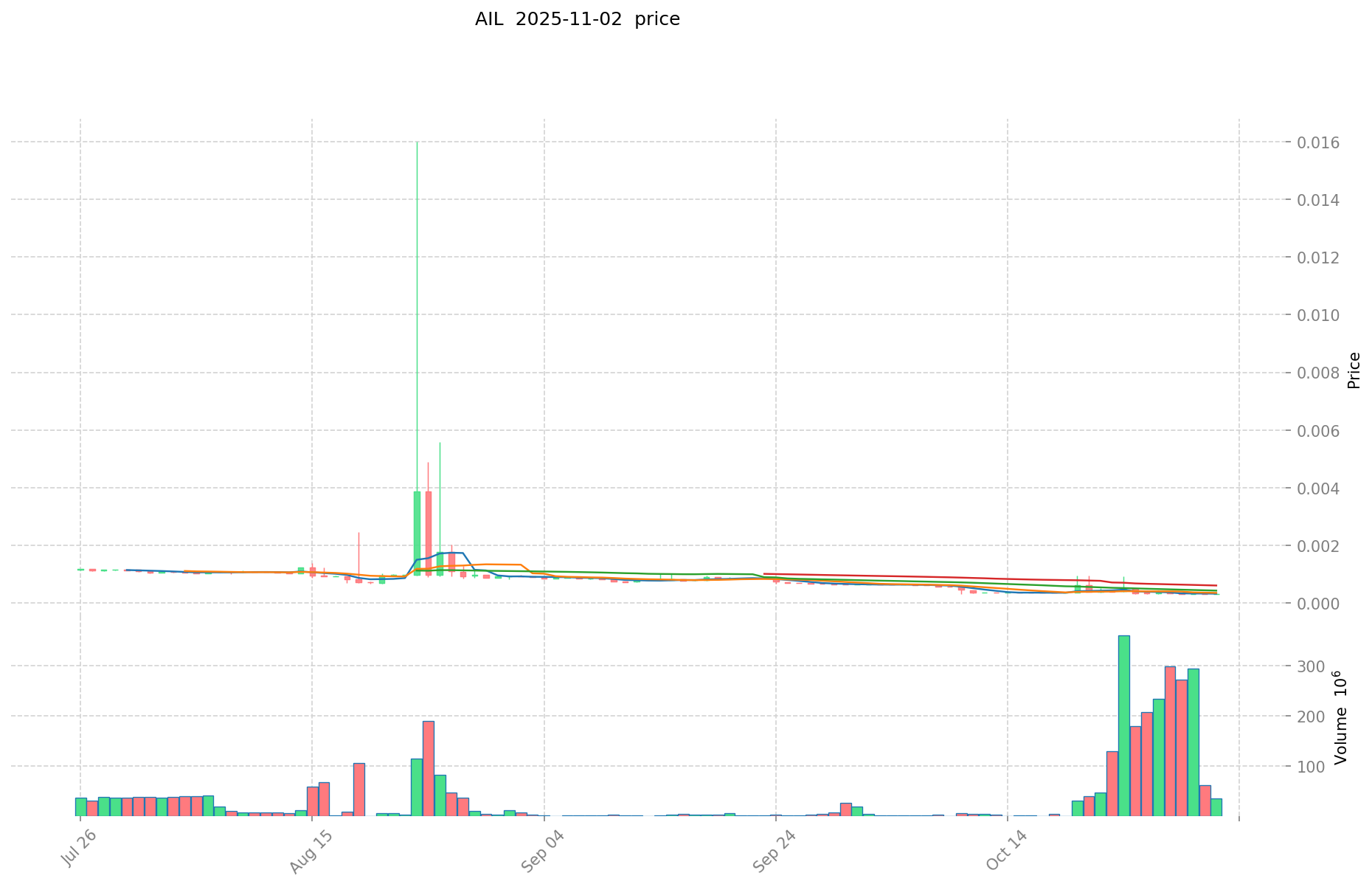

II. BNB Yatırım Değerini Etkileyen Temel Unsurlar
Arz Mekanizması (Tokenomics)
- BNB: Düzenli token yakımı ile deflasyonist model — Binance’in yakım programı, BNB’nin değerini destekler ve toplam arzı azaltarak kıtlığı artırır
- 📌 Tarihsel desen: Token yakım mekanizması, arzı düzenli olarak azaltarak piyasa büyüme dönemlerinde fiyat üzerinde yukarı yönlü baskı oluşturmuştur
Kurumsal Benimseme & Piyasa Kullanımları
- Kurumsal portföyler: BNB’ye kurumsal ilgi artmakta; son fiyat yükselişiyle $940’ı aşan BNB’de piyasa değeri $132 milyara ulaşarak yıllık %73 büyüme kaydetti
- Kurumsal fayda: Binance borsasında %25 işlem ücreti indirimi sunarak kurumlara ve bireysel yatırımcılara önemli kullanım avantajı sağlıyor
- Düzenleyici tutumlar: BNB, farklı ülkelerde değişen regülasyonlarla karşılaşmakta; bu durum uzun vadeli yatırım perspektifini etkiliyor
Teknik Gelişim & Ekosistem Oluşumu
- BNB Chain: Sadece bir ürün sağlayıcı değil, DeFi platformu olarak konumlanarak BNB’nin değerlemesinde önemli rol oynuyor
- Ekosistem büyümesi: BNB Chain, merkezi borsa (CEX), merkeziyetsiz borsa (DEX), blokzincir eğitimi, vakıf ve varlık ihraç platformları gibi birçok hizmeti kapsayacak şekilde sürekli büyüyor
- Ekosistem karşılaştırması: DeFi uygulamalarındaki güçlü varlığı ile BNB Chain, tokenin kullanımını ve talebini artıran popüler projelere ev sahipliği yapıyor
Makroekonomik Faktörler & Piyasa Döngüleri
- Enflasyonist ortamlarda performans: BNB’nin Binance ekosistemindeki kullanımı, enflasyona karşı koruma sağlayabiliyor
- Kripto piyasa döngüleri: Analizler, 2019’un üç yıllık boğa piyasasının başlangıcı olabileceğini ve BNB borsa hacminin beş yılda sırasıyla %60, %40, %50, %30 ve %15 büyümesini öngörüyor
- Kullanıcı deneyimi: Binance’in üstün kullanıcı deneyimi, güçlü girişim sermayesi ekibi ve köklü marka algısı, BNB’nin başarısında önemli rol oynuyor
III. 2025-2030 Fiyat Tahmini: AIL ve BNB
Kısa Vadeli Tahmin (2025)
- AIL: Muhafazakar $0,000192211 - $0,0003151 | İyimser $0,0003151 - $0,000447442
- BNB: Muhafazakar $680,589 - $1.080,3 | İyimser $1.080,3 - $1.112,709
Orta Vadeli Tahmin (2027)
- AIL, büyüme fazına geçebilir; tahmini fiyat aralığı $0,0002730281631 - $0,0004550469385
- BNB, istikrarlı büyüme fazına geçebilir; tahmini fiyat aralığı $994,7488824 - $1.412,297796
- Ana tetikleyiciler: Kurumsal sermaye girişi, ETF’ler, ekosistem gelişimi
Uzun Vadeli Tahmin (2030)
- AIL: Temel senaryo $0,000315595115282 - $0,000584435398672 | İyimser senaryo $0,000584435398672 - $0,000841586974087
- BNB: Temel senaryo $1.111,921320374865 - $1.684,72927329525 | İyimser senaryo $1.684,72927329525 - $2.156,45346981792
Feragatname
AIL:
| Yıl | Tahmini En Yüksek Fiyat | Tahmini Ortalama Fiyat | Tahmini En Düşük Fiyat | Değişim Oranı |
|---|---|---|---|---|
| 2025 | 0,000447442 | 0,0003151 | 0,000192211 | 0 |
| 2026 | 0,00044608707 | 0,000381271 | 0,00025545157 | 21 |
| 2027 | 0,0004550469385 | 0,000413679035 | 0,0002730281631 | 31 |
| 2028 | 0,000582046402245 | 0,00043436298675 | 0,000264961421917 | 37 |
| 2029 | 0,000660666102846 | 0,000508204694497 | 0,000350661239203 | 61 |
| 2030 | 0,000841586974087 | 0,000584435398672 | 0,000315595115282 | 85 |
BNB:
| Yıl | Tahmini En Yüksek Fiyat | Tahmini Ortalama Fiyat | Tahmini En Düşük Fiyat | Değişim Oranı |
|---|---|---|---|---|
| 2025 | 1.112,709 | 1.080,3 | 680,589 | 0 |
| 2026 | 1.359,66558 | 1.096,5045 | 635,97261 | 1 |
| 2027 | 1.412,297796 | 1.228,08504 | 994,7488824 | 13 |
| 2028 | 1.967,08521282 | 1.320,191418 | 1.188,1722762 | 22 |
| 2029 | 1.725,8202311805 | 1.643,63831541 | 1.068,3649050165 | 52 |
| 2030 | 2.156,45346981792 | 1.684,72927329525 | 1.111,921320374865 | 55 |
IV. Yatırım Stratejisi Karşılaştırması: AIL ve BNB
Uzun Vadeli ve Kısa Vadeli Yatırım Stratejileri
- AIL: Yapay zeka entegrasyonu ve Web3 potansiyeline odaklanan yatırımcılar için uygun
- BNB: Ekosistem istikrarı ve deflasyonist yapı arayan yatırımcılar için uygun
Risk Yönetimi ve Varlık Dağılımı
- Temkinli yatırımcılar: AIL %10 | BNB %90
- Agresif yatırımcılar: AIL %30 | BNB %70
- Koruma araçları: Stabil coin dağılımı, opsiyonlar, çapraz para portföyleri
V. Olası Risk Karşılaştırması
Piyasa Riskleri
- AIL: Daha yüksek oynaklık, düşük likidite
- BNB: Binance ekosisteminin performansına bağımlılık
Teknik Riskler
- AIL: Ölçeklenebilirlik ve ağ istikrarı sorunları
- BNB: Merkezileşme kaygısı, güvenlik açıkları
Düzenleyici Riskler
- Küresel regülasyon politikaları her iki tokeni farklı şekilde etkileyebilir
VI. Sonuç: Hangisi Daha Avantajlı?
📌 Yatırım Değeri Özeti:
- AIL avantajları: Yapay zeka entegrasyon potansiyeli, Web3 sinerjisi
- BNB avantajları: Oturmuş ekosistem, deflasyonist yapı, kurumsal benimseme
✅ Yatırım Tavsiyesi:
- Yeni yatırımcılar: BNB’yi oturmuş ekosistemi ve piyasa varlığı nedeniyle değerlendirebilir
- Deneyimli yatırımcılar: Risk toleransına bağlı olarak AIL ve BNB arasında çeşitlendirme yapabilir
- Kurumsal yatırımcılar: Likidite ve ekosistem faydası için BNB’ye odaklanabilir
⚠️ Risk Uyarısı: Kripto para piyasası son derece oynaktır. Bu makale yatırım tavsiyesi değildir. None
VII. Sıkça Sorulan Sorular
S1: AIL ve BNB arasındaki başlıca farklar nelerdir? C: AIL, yapay zeka entegrasyonuna ve Web3 potansiyeline odaklanırken BNB, Binance ekosisteminin yakıtı olarak konumlanır. BNB, daha yüksek piyasa değeri, daha yüksek işlem hacmi ve düzenli token yakımı ile deflasyonist bir modele sahiptir.
S2: Yakın dönemde hangi token daha iyi fiyat performansı sergiledi? C: BNB, son piyasa döngülerinde $1.000’in üzerinde fiyatını koruyarak daha dirençli bir performans gösterirken; AIL fiyat dalgalanmaları açısından daha oynak bir seyir izledi.
S3: AIL ve BNB’nin arz mekanizmaları nasıl farklılık gösteriyor? C: BNB, düzenli token yakımıyla deflasyonist bir model izler; bu mekanizma toplam arzı azaltır ve kıtlığı artırır. AIL’in arz mekanizması ise mevcut bilgilerde detaylandırılmamıştır.
S4: BNB’nin yatırım değerini etkileyen temel unsurlar nelerdir? C: Deflasyonist modeli, kurumsal benimseme, Binance ekosisteminde kullanım, BNB Chain’in sürekli gelişimi ve farklı piyasa döngülerindeki performansı öne çıkmaktadır.
S5: AIL ve BNB için uzun vadeli fiyat tahminleri nasıl karşılaştırılıyor? C: 2030 için AIL’in iyimser senaryosu $0,000584435398672 - $0,000841586974087; BNB’nin iyimser senaryosu ise $1.684,72927329525 - $2.156,45346981792 aralığındadır.
S6: AIL ve BNB yatırımlarında başlıca hangi riskler söz konusu? C: AIL’de daha yüksek oynaklık ve düşük likidite riski öne çıkarken; BNB’de Binance ekosistemine bağımlılık ve merkezileşme endişesi başlıca risklerdir. Her iki token küresel regülasyon risklerine tabidir.
S7: Farklı yatırımcı profilleri AIL ve BNB’ye nasıl yaklaşmalı? C: Yeni yatırımcılar, oturmuş ekosistemi nedeniyle BNB’yi değerlendirebilir. Deneyimli yatırımcılar, risk toleransına göre AIL ve BNB arasında çeşitlendirme yapabilir. Kurumsal yatırımcılar ise likidite ve ekosistem faydası için BNB’ye odaklanmalıdır.

CTP ve BNB: En İyi Alım-Satım Deneyimi İçin İki Lider Kripto Borsasının Karşılaştırılması

2025 IDOL Fiyat Tahmini: Dijital Eğlence Token’inin Piyasa Trendleri ve Büyüme Potansiyelinin Analizi

BUZZ vs BNB: Sosyal Medya Platformlarında Kripto Üzerindeki Hakimiyet Yarışı

U2U ve BNB: İki Önde Gelen Blockchain Ağının Karşılaştırmalı Analizi

DAOLITY ve BNB: Blockchain Ekosisteminde Merkeziyetsiz Finans Alanında Liderlik Mücadelesi

RHEA ve BNB: İki Önde Gelen Kripto Para Token'ının Karşılaştırmalı Analizi
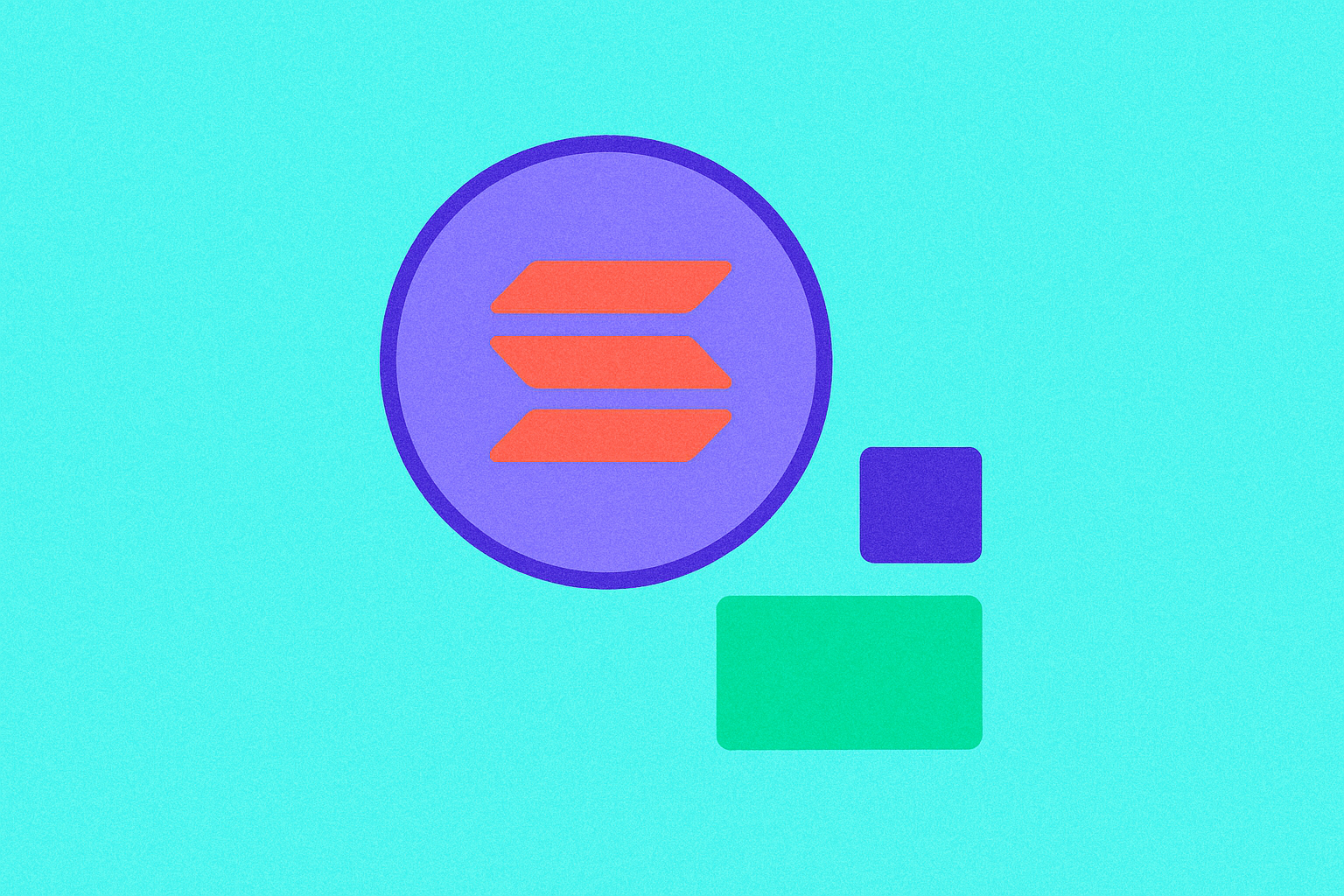
Solana üzerinde Token Fonksiyonelliği için Kapsamlı Rehber

Web3 Geliştirme Hibeleri: Blockchain alanında yenilikçi isimler için heyecan verici fırsatlar
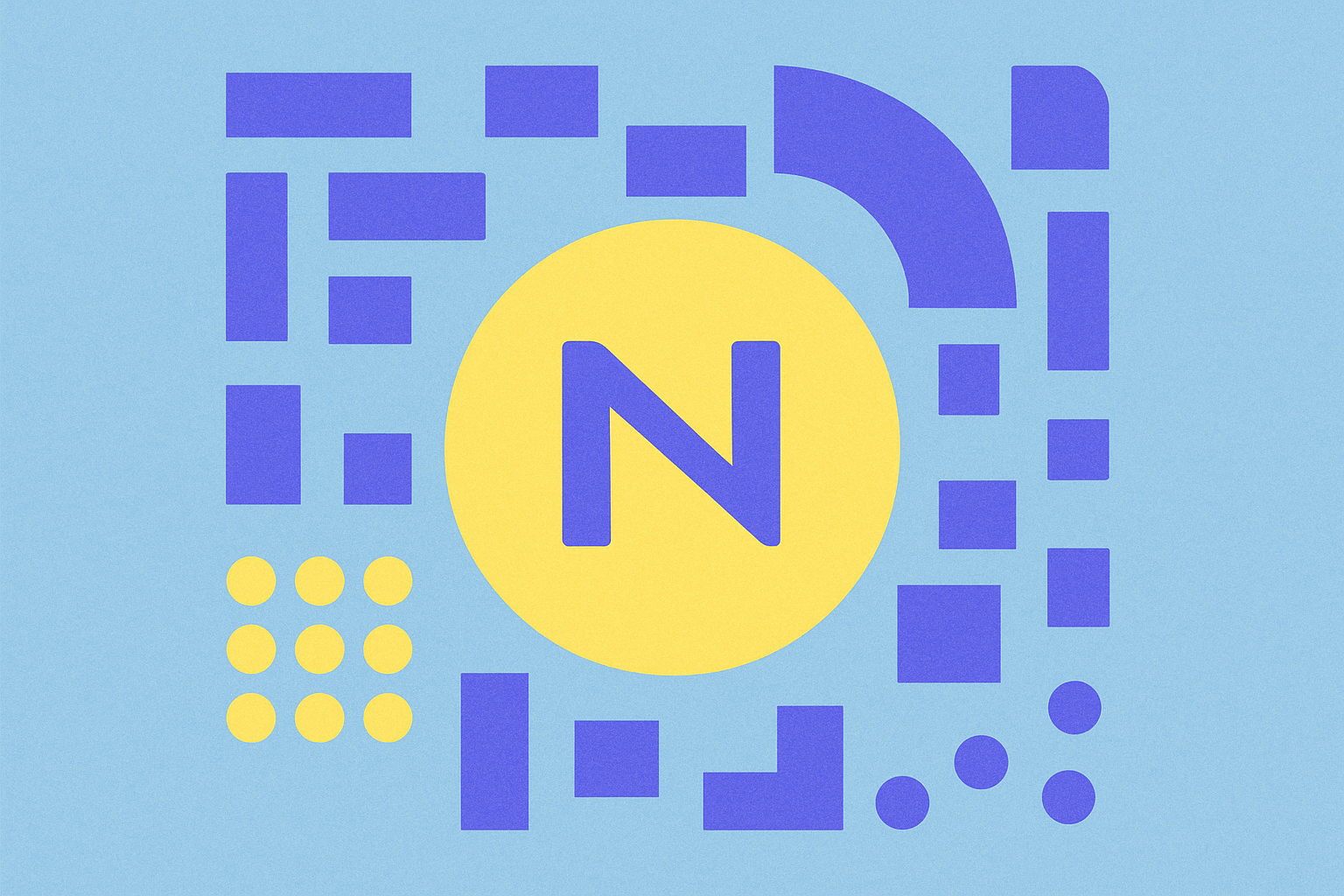
NUMI Nedir: Doğal Kullanıcı-Makine Arayüzlerini Anlama Rehberi
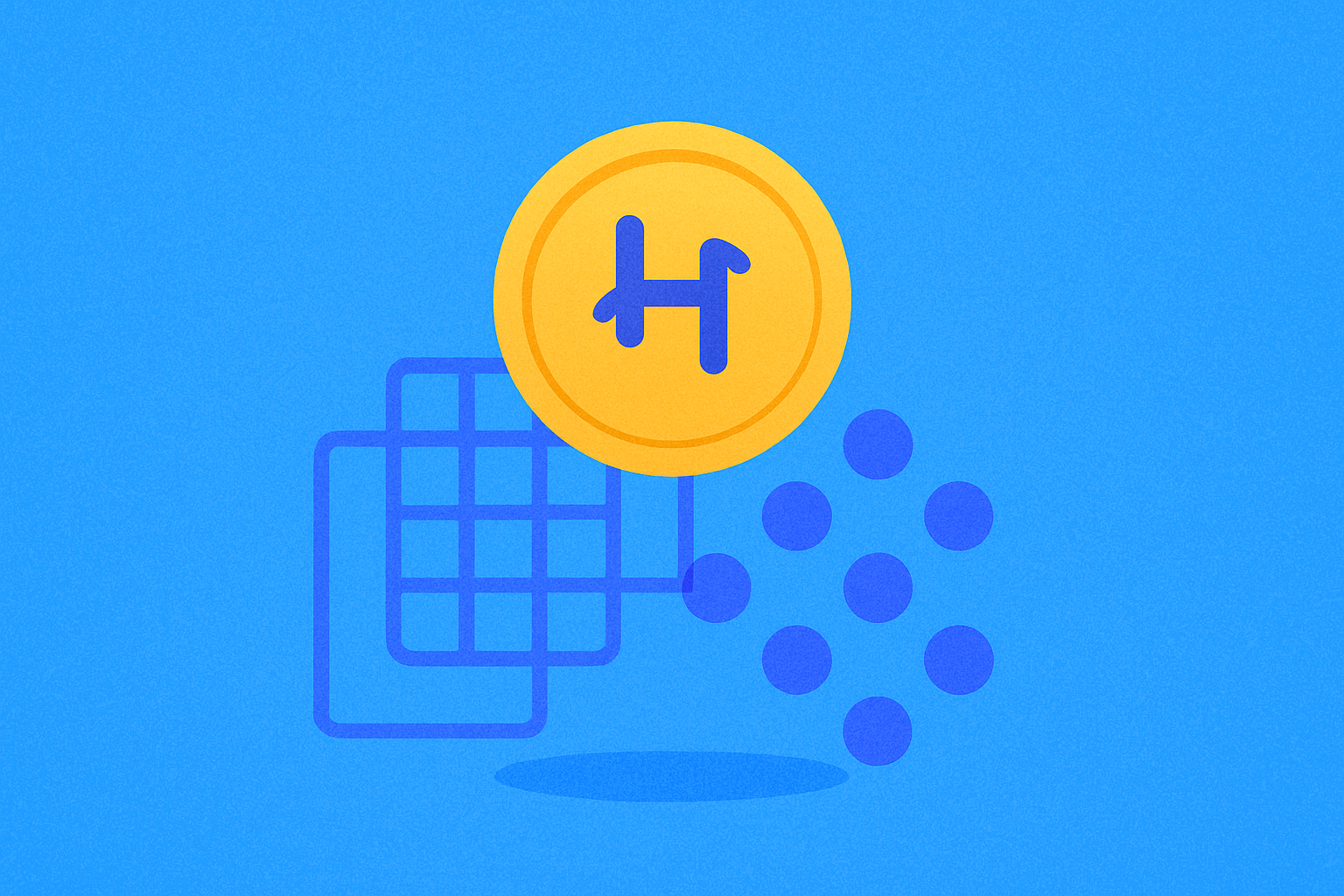
HTR nedir: El Yazısı Metin Tanıma Teknolojisine Kapsamlı Bir Rehber
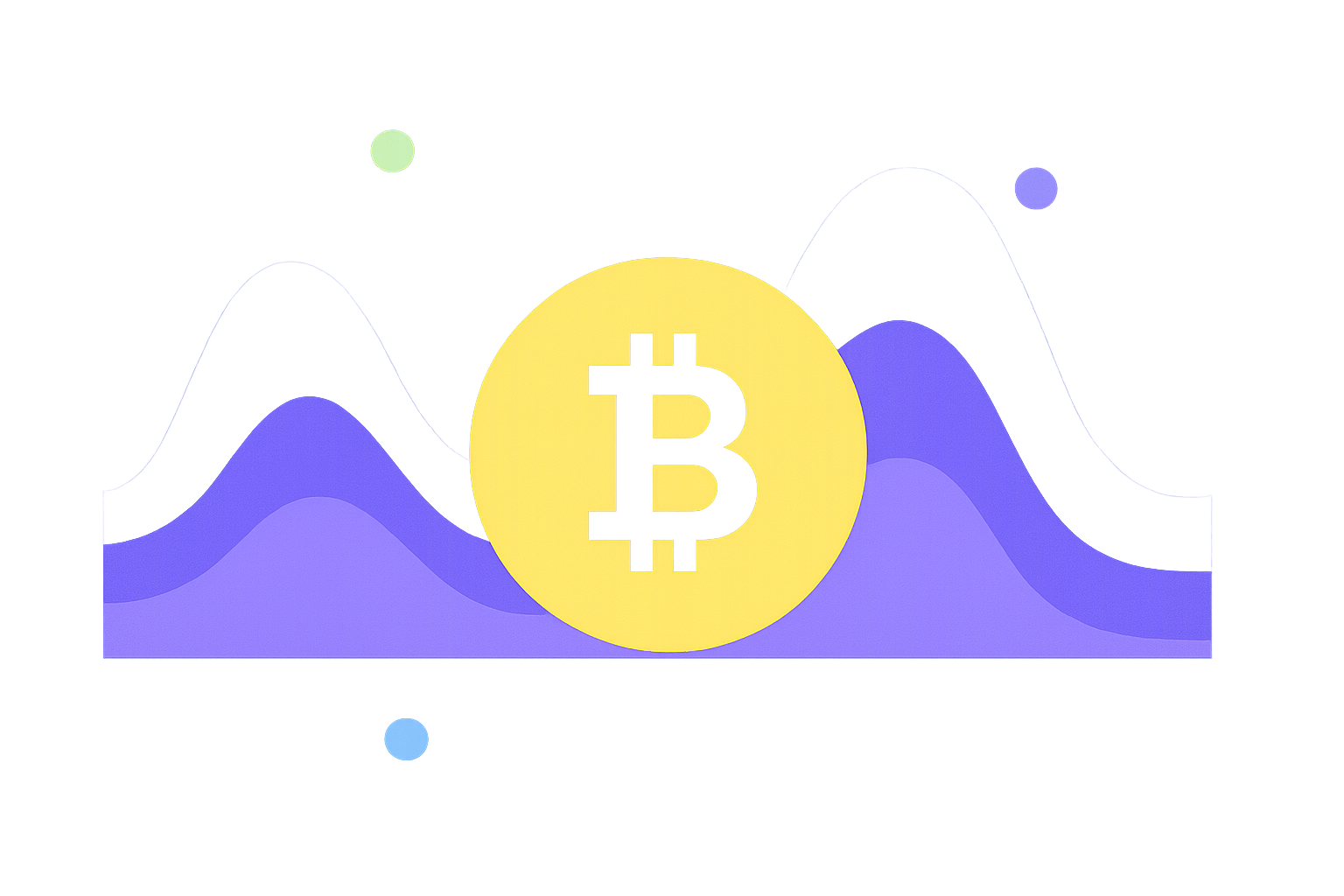
Brezilya Reali (BRL) Bazında Aylık Tarihsel Bitcoin Getirileri (2013–2024)







